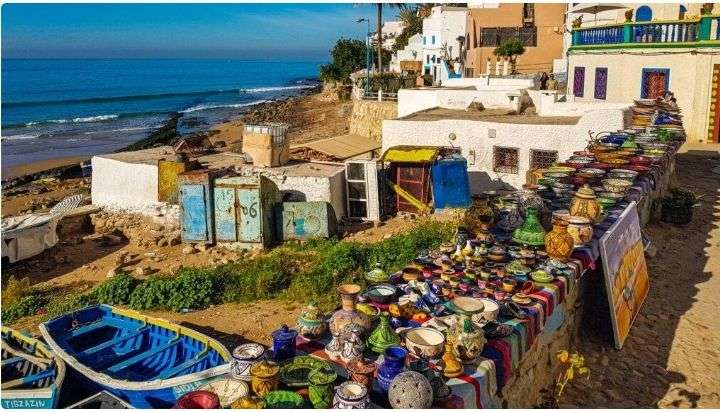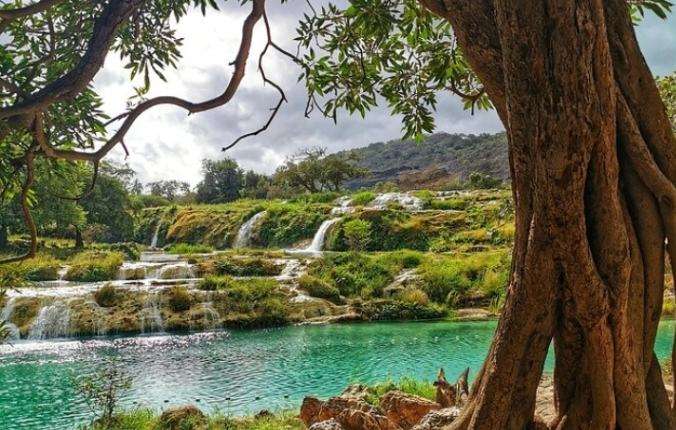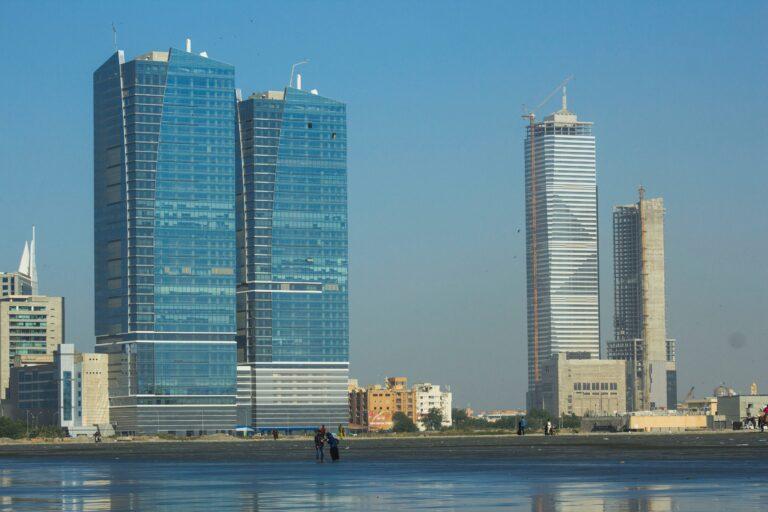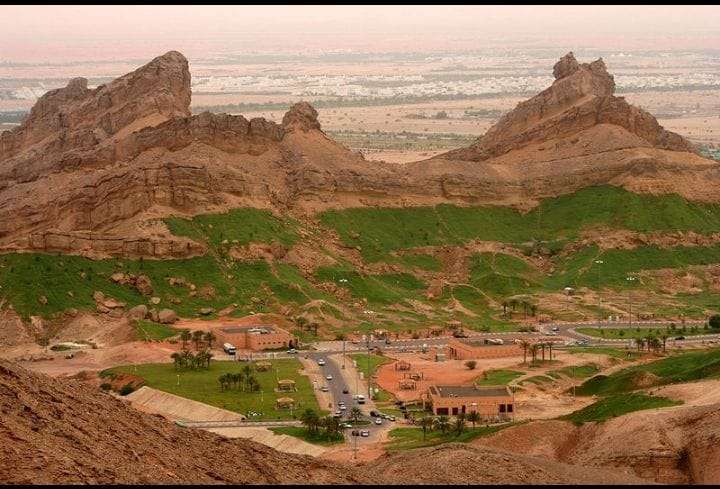Switzerland, renowned for its alpine scenery and vibrant cities, also harbors a wealth of tradition in its quaint villages. Each village, a treasure trove of culture, festivals, and cuisine, offers a unique window into the Swiss way of life. Here, we explore some of best Switzerland villages.
Contents
- 1 1. Grimentz, Valais
- 2 2. Appenzell, Appenzell Innerrhoden
- 3 3. Morcote, Ticino
- 4 4. Gruyères, Fribourg
- 5 5. Wengen, Bernese Oberland
- 6 6. Lauterbrunnen, Bernese Oberland
- 7 7. Guarda, Graubünden
- 8 8. Stein am Rhein, Schaffhausen
- 9 9. Brienz, Bernese Oberland
- 10 10.Kandersteg, Bernese Oberland
- 11 Tips for Exploring the best places to visit in Switzerland
- 12 Frequently Asked Questions Switzerland villages
1. Grimentz, Valais

Nestled in the Val d’Anniviers in the heart of the Valais, Grimentz is a postcard-perfect village. The village is famous for its well-preserved granaries and barns, which date back to the 15th century, and its geranium-adorned wooden chalets.
Culture and Tradition: Grimentz is steeped in history, with traditions like the annual “Desalpe,” where cows adorned with flowers and bells descend from the high pastures in autumn.
Festivals: The “Fête de l’Abbaye” is a highlight, featuring traditional music, dances, and costumes, celebrating the brotherhood of the Abbey.
*Cuisine: The region is known for its rye bread and raclette, a must-try melted cheese dish.
2. Appenzell, Appenzell Innerrhoden
Appenzell, with its brightly painted buildings, is a vibrant testament to Swiss culture. Known for its dairy farming, this village is deeply rooted in its traditional ways.

Culture and Tradition: Appenzell is famous for its folk music and the Appenzeller Sennenhund dogs. The village is also known for its intricate embroidery and traditional costume, especially during festivals.
Festivals: The “Landsgemeinde,” an open-air annual assembly, is a unique democratic tradition where citizens gather to vote by show of hands.
Cuisine: Don’t miss the Appenzeller cheese, a spicy local specialty, and the “Biber,” a gingerbread-like pastry.
3. Morcote, Ticino

Located on the shores of Lake Lugano, Morcote is an Italianate village in the Ticino region. With its Mediterranean flair, it’s a Swiss village with an Italian soul.

Culture and Tradition: The village is known for its terraced gardens, beautiful arcades, and the Church of Santa Maria del Sasso with its remarkable frescoes.
Festivals: “La Sagra dell’Uva,” a grape festival, celebrates the region’s winemaking tradition with music, dancing, and wine tastings.
Cuisine: Indulge in risotto and polenta, local staples, and the Ticino Merlot.
4. Gruyères, Fribourg

Gruyères, a medieval town, is synonymous with the cheese of the same name. Its cobblestone streets and the impressive Gruyères Castle offer a journey back in time.
Culture and Tradition: Visit the HR Giger Museum, showcasing the works of the Swiss artist known for the “Alien” movie design.
Festivals: The “Fête de la Désalpe” is celebrated here too, with a focus on the regional cheese-making tradition.
Cuisine: Gruyère cheese, fondue, and meringue with double cream are local delights.
5. Wengen, Bernese Oberland

This car-free village in the Bernese Alps is known for its breathtaking scenery and traditional wooden chalets.

Culture and Tradition: Wengen is a hub for alpine sports, especially skiing. The Lauberhorn Ski Races, one of the longest downhill races in the world, is held here.
Festivals: The “Jungfrau Marathon,” showcasing the stunning Alpine backdrop, is a major event attracting runners from around the world.
Cuisine: Enjoy hearty alpine dishes like Rösti (grated and fried potatoes) and Älplermagronen (a kind of macaroni with cheese).
6. Lauterbrunnen, Bernese Oberland

Situated in one of the most impressive trough valleys in the Alps, Lauterbrunnen is not only a natural wonder but also a cultural gem. With its 72 thundering waterfalls, imposing cliffs, and the picturesque white Lütschine river, this village is a marvel of nature and tradition.
Culture and Tradition: Lauterbrunnen is the gateway to the Jungfrau region and plays a significant role in Swiss folklore and tales. The traditional wooden houses and the Staubbach Fall, a waterfall that plunges almost 300 meters, are iconic.
Festivals The Swiss folklore evenings in Lauterbrunnen are enchanting, featuring yodeling, alphorn blowing, and flag tossing.
Cuisine: The area is known for its Alpine cheese and meat dishes, with the Rösti remaining a regional favorite.
7. Guarda, Graubünden
This small village in the Lower Engadine valley is a showcase of the traditional architecture of the region. Guarda is the epitome of a picture-perfect Swiss village, with its well-preserved 17th-century houses and vibrant sgraffito decorations.

Culture and Tradition: Guarda is where the story of “Schellen-Ursli,” a famous Swiss children’s book, is set. This heritage is celebrated throughout the village, providing a unique cultural insight.
Festivals: The Chalandamarz in March is an age-old festival where children ring bells and sing songs to drive out winter, a picturesque and lively tradition.
Cuisine: Engadine nut cake, a rich, caramelized nut-filled pastry, is a local delicacy not to be missed.
8. Stein am Rhein, Schaffhausen

Famous for its well-preserved medieval buildings, Stein am Rhein is a living museum on the Rhine River. The frescoed houses and narrow streets offer a journey back into medieval Switzerland.

Culture and Tradition: The town is known for its medieval architecture and the Monastery of St. George, which is one of the best-preserved medieval monastic settlements in Switzerland.
Festivals: The yearly medieval festival brings history to life with knights, jesters, and craftsmen showcasing their skills.
Cuisine: The area is known for its fish dishes, especially those featuring catches from the Rhine.
9. Brienz, Bernese Oberland

Brienz, on the shores of Lake Brienz, is renowned for its tradition of wood carving and violin making. The picturesque village, with its wooden chalets and beautiful lake views, offers a serene Swiss experience.
Culture and Tradition: Brienz, a village steeped in artistic tradition, is globally recognized for its woodcarving and violin-making heritage. This artistry is deeply ingrained in the local culture, with many families passing down these skills through generations. The village is dotted with studios and shops where visitors can watch artisans at work and purchase exquisitely crafted souvenirs.
Festivals: One of the most exciting events in Brienz is the annual woodcarving festival. This festival showcases live demonstrations, workshops, and the incredible art of chainsaw carving. It’s a unique opportunity to see artists transforming raw wood into intricate sculptures.
Cuisine: In terms of cuisine, the region offers hearty Swiss dishes. Specialties include game meats often paired with locally sourced mushrooms and forest berries. Also, traditional Swiss pastries and desserts, such as the decadent “Nusstorte” (nut cake), are a must-try.
10.Kandersteg, Bernese Oberland

Nestled in a high valley, Kandersteg is a village that seems to have leaped out of a storybook, with its breathtaking mountain backdrop and pristine natural beauty. This village is not only a haven for nature lovers but also a bastion of Alpine traditions.
Culture and Tradition: Kandersteg remains deeply connected to its Alpine roots. The village is known for its traditional Swiss chalets and the practice of Alpine agriculture. The local community takes great pride in preserving their heritage, which is evident in the meticulously maintained buildings and the traditional attire worn by many locals.
Festivals: The highlight of Kandersteg’s cultural calendar is the Belle Epoque Week in January, where the village turns back the clock to the early 1900s. Residents and visitors dress in period costumes, and the streets come alive with vintage ski races, classical music, and dances.
Cuisine: The food in Kandersteg is robust and satisfying, ideal for the Alpine climate. Traditional dishes like “Züpfe” (a type of Swiss bread), “Älplermagronen” (a hearty pasta and cheese dish with potatoes), and locally made cheeses are staples.
Tips for Exploring the best places to visit in Switzerland
Switzerland’s village areas are a treasure trove of natural beauty, rich culture, and timeless traditions. To make the most of your visit to these wonderful village areas, consider the following tips:
1. Pack Accordingly:
– **Weather-Ready: Swiss weather can be unpredictable, especially in mountainous regions. Pack layers, a waterproof jacket, and sturdy walking shoes for exploring.
2. Transportation:
Scenic Train Journeys:** Switzerland boasts some of the world’s most scenic train routes. Consider using the efficient Swiss Rail network to travel between villages, enjoying breathtaking views along the way.
Car Rentals: If you prefer flexibility, renting a car can be a great option, especially for reaching more remote villages.
3. Local Currency:
Swiss Francs:** While major credit cards are widely accepted, it’s advisable to carry Swiss Francs, especially in smaller villages where cash may be preferred.
4. Language:
A Land of Linguistic Diversity
:Switzerland uniquely embraces four official languages: German, French, Italian, and Romansh.. English is also commonly spoken, but learning a few basic phrases in the local language can enhance your experience.
5. Respect Local Customs:
–Quiet Hours:Swiss villages, particularly in the Alps, observe quiet hours, usually in the afternoon and late evenings. Respect these traditions to maintain the tranquility of the surroundings.
6. Explore Local Cuisine:
-mSpecialties:** Each region has its culinary delights. Try local cheeses, chocolates, and traditional dishes like fondue and raclette. Visit local markets to sample fresh produce and artisanal products.
7. Festivals and Events:
Check Local Calendars:** Many villages host unique festivals and events. Check local calendars for celebrations, markets, or cultural performances during your visit.
8. Hiking and Outdoor Activities:
Trail Maps:** If you plan on hiking, obtain trail maps from local tourist offices. Trails vary in difficulty, so choose according to your fitness level and preferences.
Conclusion
Swiss villages are more than just picturesque destinations; they are a harmonious blend of natural beauty, rich cultural heritage, and enduring traditions. From the majestic Alpine peaks to the serene lakeside settlements, each village tells its own unique story. Whether you are exploring the historic streets of Gruyères, experiencing the vibrant festivals in Lauterbrunnen, or savoring the culinary delights of Guarda, these Swiss villages offer a profound and authentic insight into the heart of Switzerland.
Frequently Asked Questions Switzerland villages
1. **What is the Best Time to Visit Swiss Villages?**
-The ideal time for your visit hinges on what you’re looking to experience. . Summer (June to August) is ideal for hiking and outdoor activities, while winter (December to February) is perfect for skiing and snowboarding. Spring and autumn offer milder weather and fewer tourists.
2. **Are Swiss Villages Suitable for Family Trips?**
– Absolutely! Swiss villages often offer a range of family-friendly activities, from outdoor adventures to cultural experiences. Many villages have playgrounds, easy hiking trails, and interactive museums suitable for children.
3. **How Easy is it to Communicate in English?**
– In most tourist-oriented villages, English is widely spoken and understood. However, learning a few basic phrases in the local language (German, French, Italian) is appreciated.
4. **Is Switzerland Expensive for Tourists?**
– Switzerland is known for being on the pricier side. Budgeting for accommodations, dining, and activities is advisable. However, there are ways to save, such as staying in family-run inns, eating at local markets, and using Swiss travel passes for transportation.
5. **Can I Easily Travel Between Villages?**
– Yes, Switzerland’s public transport system is efficient and reliable. The Swiss Travel Pass can be a cost-effective way to explore multiple villages using trains, buses, and boats.
6. **What Should I Pack for a Swiss Village Holiday?**
– Pack according to the season. In general, bring comfortable walking shoes, weather-appropriate clothing (layers for winter, light clothes for summer), a rain jacket, and any personal essentials. Don’t forget a camera to capture the stunning scenery!
7. **Are Swiss Villages Safe for Tourists?**
– Switzerland is considered one of the safest countries for tourists. However, it’s always advisable to take standard safety precautions, such as keeping an eye on your belongings and being aware of your surroundings.
I’m originally from Manchester (England) but I currently live in New York. I started this travel blog all the way back in 2009 to provide travel advice that wasn’t available in the guidebooks.
Since then I’ve traveled to over 60 countries, a lot of the time, solo. My site is filled with destination guides, things to do, epic itineraries and money-saving travel tips. I hope I can inspire you to see the world!






